.png)
Project Overview
As an initiative for sikka.ai to bolster their market presence in the healthcare digital marketplace, a survey has been sent out to select dental practices on the payment methods and payment processes that they go through that range from obtaining payments from patients to managing revenue and income that their practices earn. Several dental practices within the Bay Area vastly vary with how they handle payments, invoices, and how they manage them. After a review on the answers provided by these dental practices, the executive team has requested the design and engineering teams at sikka.ai to design and produce an application that will address the users based on the criteria outlined below.
The Client:
Practices that want to utilize an app that gives them timely payments from patients after their procedures seamlessly
The Challenge:
- How can we securely store and manage patient information in compliance with HIPAA regulations?
- What features and functionalities should the app include for convenient invoicing and payment processing?
- How can we ensure that only authorized healthcare practices can set up patient accounts?
- What security measures are needed to protect patient data during transmission and storage?
- How can we provide a user-friendly experience for both healthcare practices and patients while maintaining HIPAA compliance?
The Objective:
Develop a HIPAA-compliant mobile app that allows healthcare practices to securely invoice patients and receive payments, while also providing patients with a user-friendly platform to access their accounts set up by authorized practices.

Project Execution
Week 1: Project Initiation
- Conduct a kickoff meeting with the project team.
- Define project goals, scope, and success criteria.
- Identify and assemble the project team, including developers, designers, and compliance experts.
- Conduct a preliminary assessment of HIPAA compliance requirements.
- Set up project communication channels and tools.
Week 2: Requirement Gathering
- Interview healthcare practices to understand their specific invoicing and patient management needs.
- Collect detailed requirements for the app's features and functionalities.
- Begin drafting the app's user stories and wireframes.
- Review HIPAA regulations to ensure a clear understanding of compliance requirements.
Week 3: Design and Architecture
- Develop a high-level architecture for the HIPAA-compliant data storage and encryption.
- Design the user interface (UI) for the app based on gathered requirements.
- Create mockups and prototypes for stakeholder review and feedback.
- Begin developing a data access control and authorization plan.
Week 4: Development Phase 1
- Start coding the app's core features, focusing on data encryption and access control.
- Implement secure user registration and account setup for healthcare practices.
- Begin building the patient information storage system with encryption.
- Develop a basic invoicing and payment processing module.
Week 5: Development Phase 2
- Continue coding and testing the app's features, refining the user interface.
- Integrate a secure login and authentication mechanism.
- Expand the invoicing module to include patient notifications and payment processing.
- Implement role-based access control for practice administrators and patients.
Week 6: Testing, Compliance, and Deployment
- Conduct thorough testing, including functionality, security, and usability.
- Perform a HIPAA compliance audit and address any identified issues.
- Finalize the app's documentation and user guides.
- Prepare for app deployment to both healthcare practices and patients.
- Conduct user acceptance testing (UAT) with selected healthcare practices.
User Personas
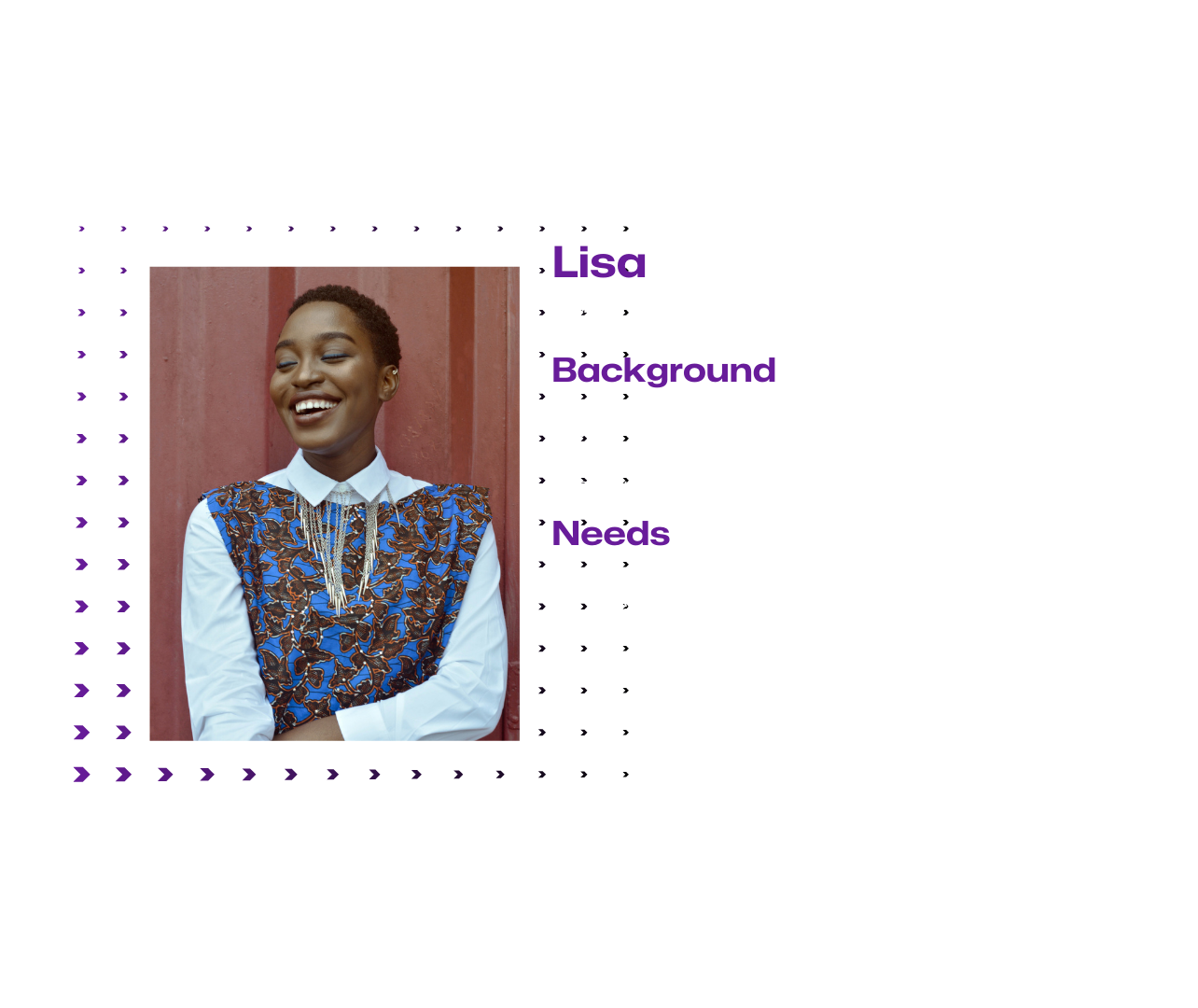
Designs
Low Fidelity
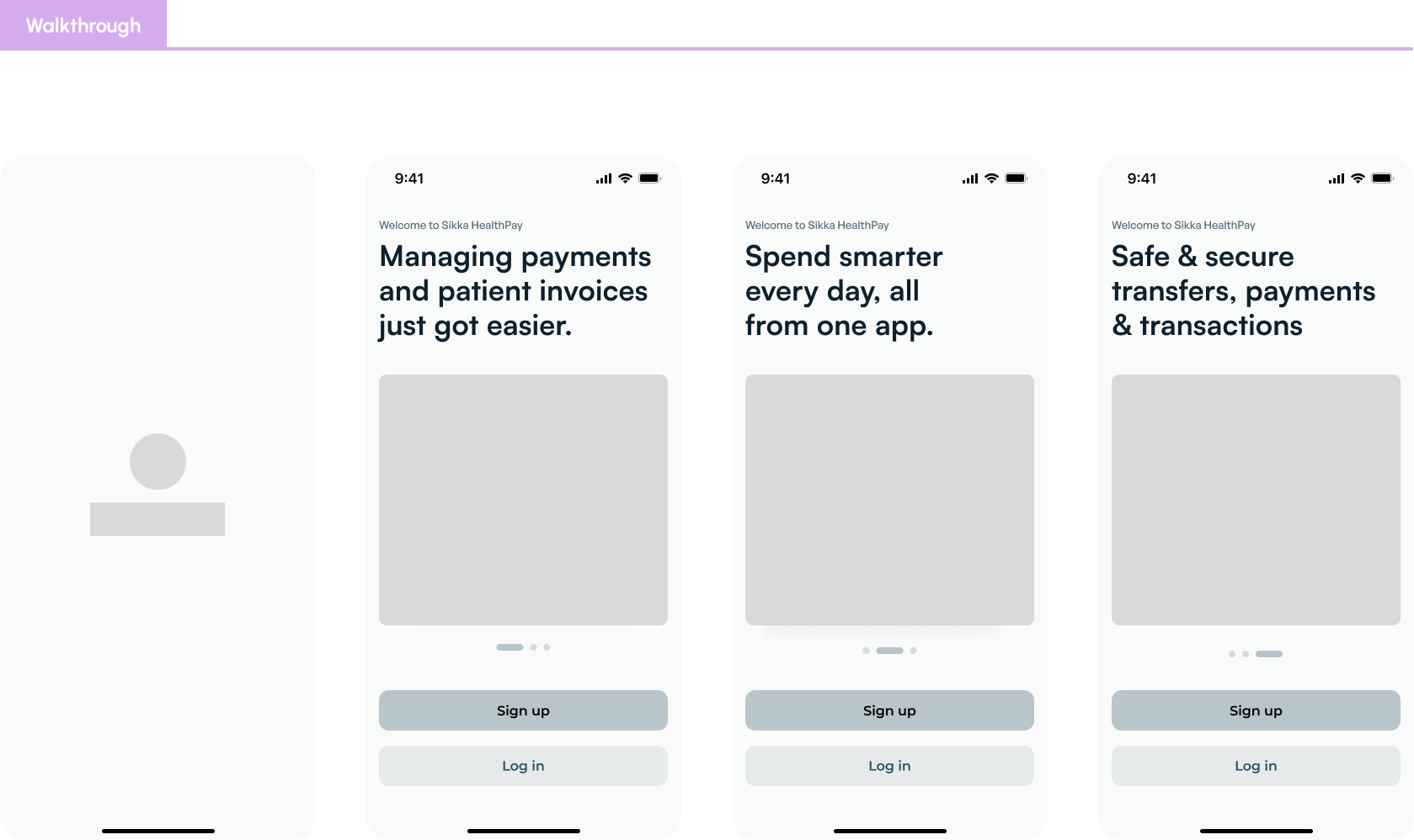
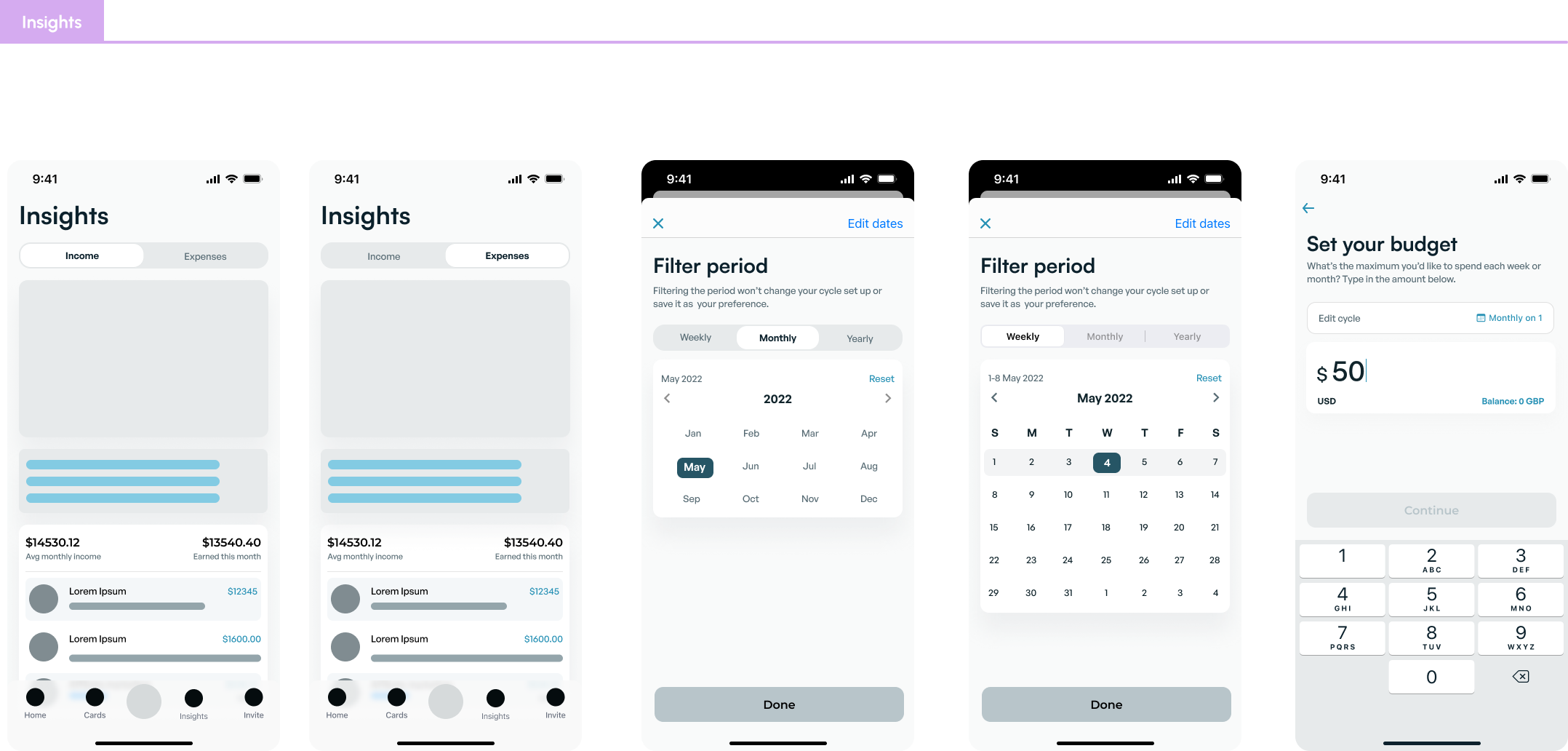
Development Handoff
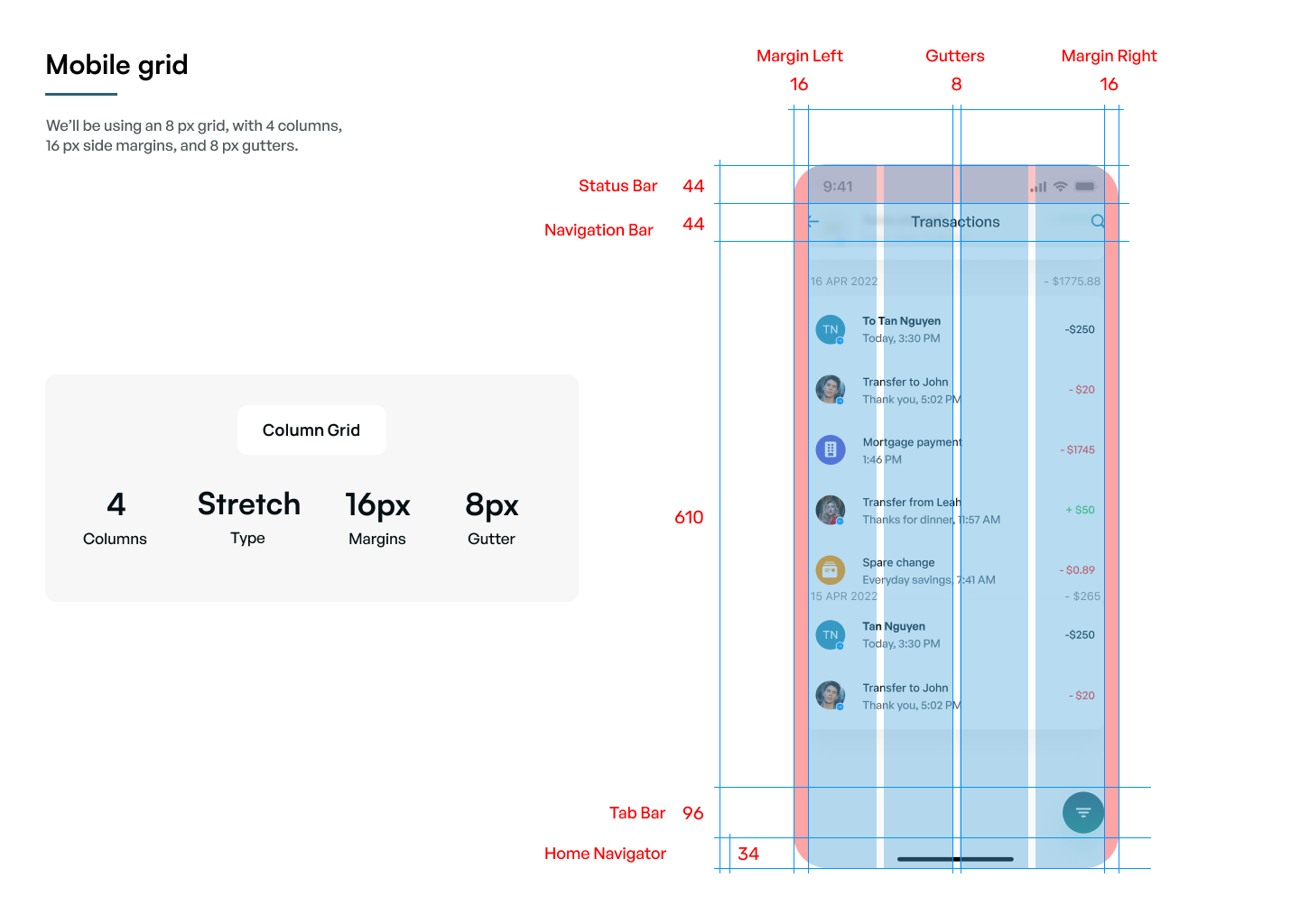
High Fidelity
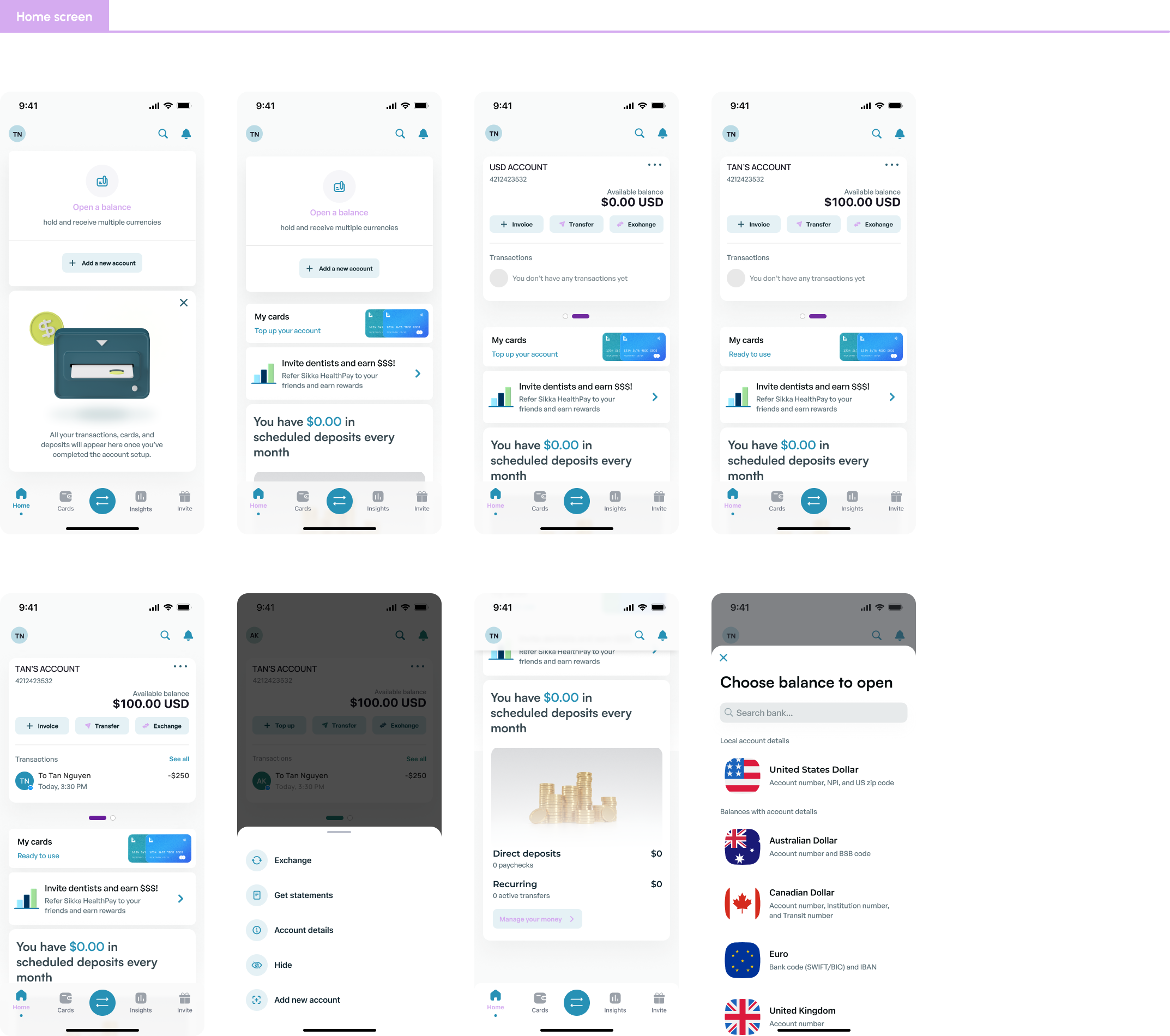
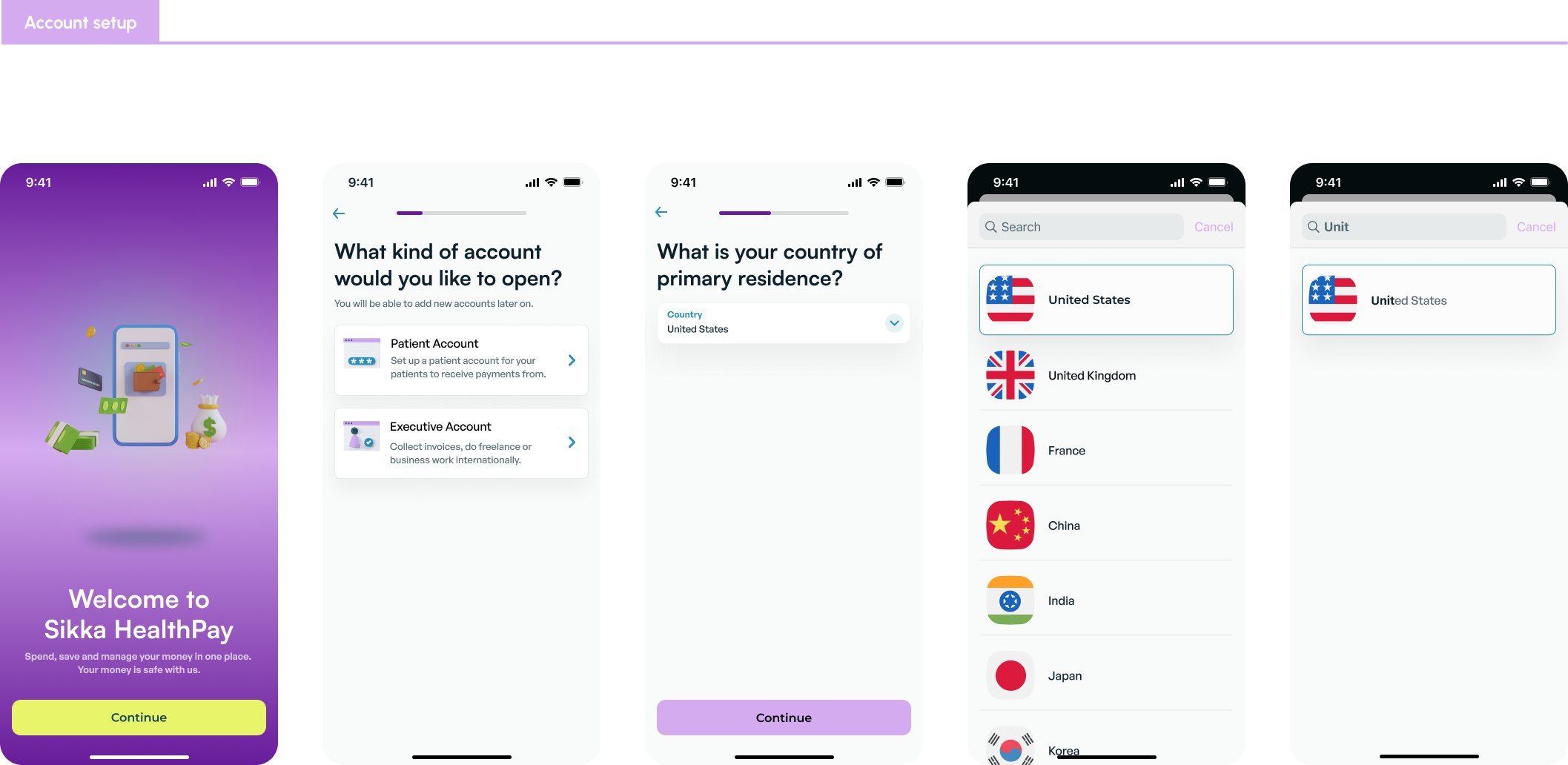
Results
Outcome
The successful completion of this project resulted in the development of a HIPAA-compliant healthcare invoicing and payment app that met the needs of healthcare practices, medical practitioners, and patients. The app streamlined invoicing processes for practices, provided a secure platform for patients to manage their accounts, and ensured compliance with strict HIPAA regulations. Feedback from initial users indicated high satisfaction with the user-friendly interface and robust security features, reflecting the app's successful alignment with user needs and regulatory requirements.
Reflection
While the project achieved its objectives and garnered positive feedback, the unfortunate company restructuring and subsequent layoffs have created unexpected challenges. The discontinuation of the project, along with the loss of valuable team members, is a setback for both the organization and the healthcare industry. It underscores the importance of adaptability and resilience in the face of unforeseen circumstances and the need for contingency plans to ensure that promising projects can continue even in challenging times. As a result of this restructuring, I have also been one of the affected members of the company with this being my last active project I have worked on during my time at sikka.ai. As I reflect on my time at the company as well as the variety of projects I've worked on, I have gained an even more solidified understanding and perspective not only as a UX/UI and Product Designer but also as someone who's been part of the tech industry.


.png)
.jpg)
.jpg)
.png)